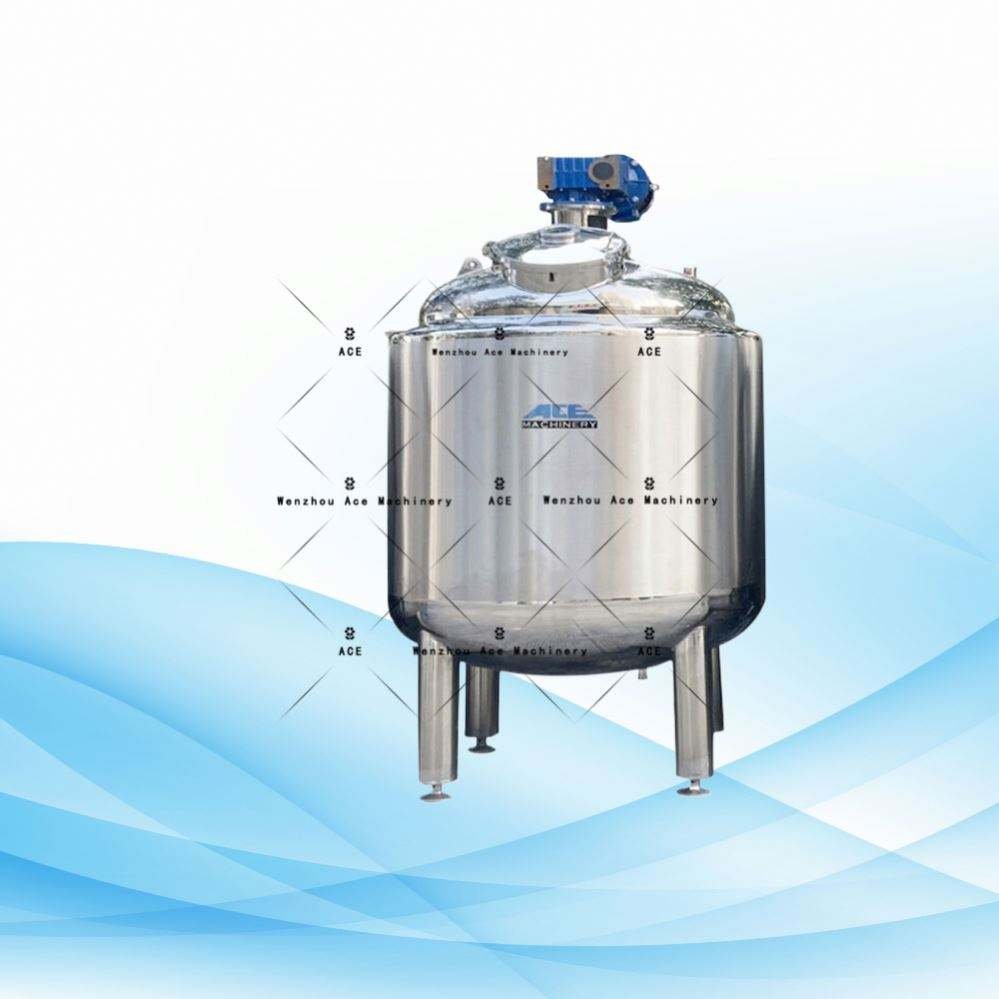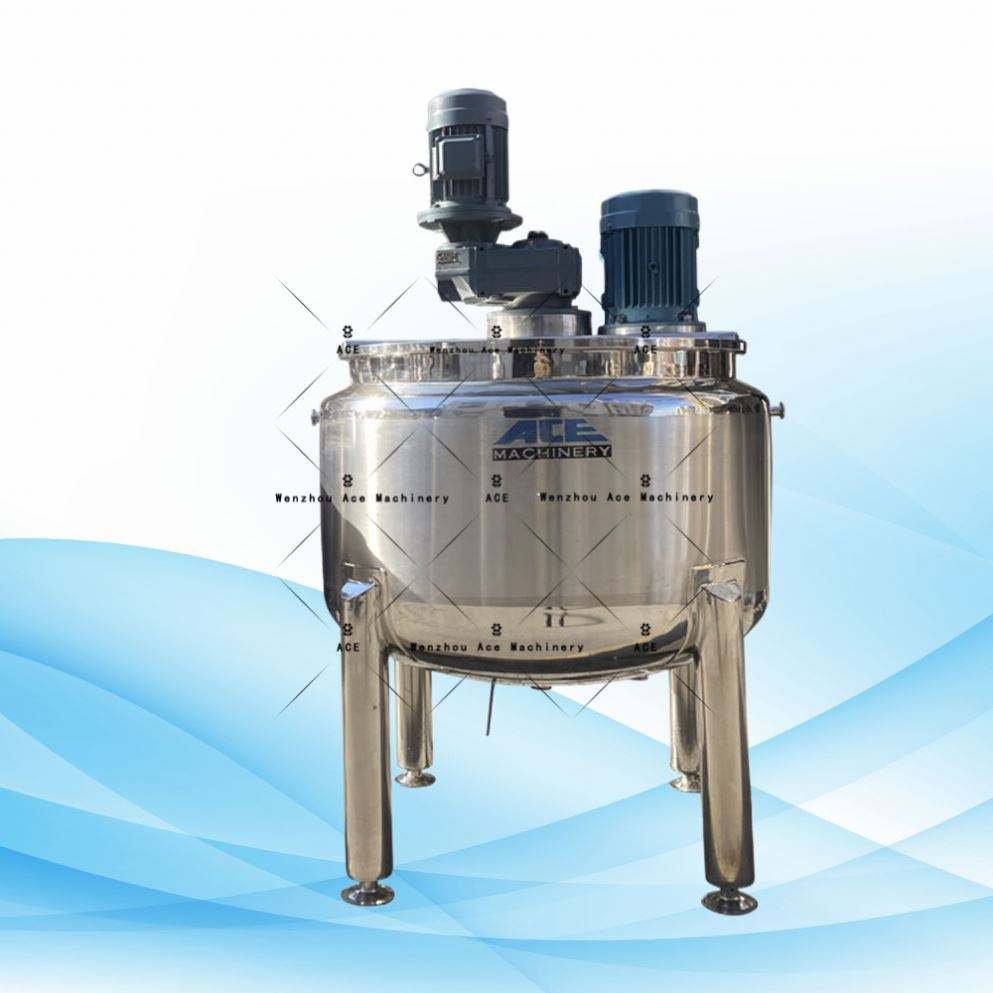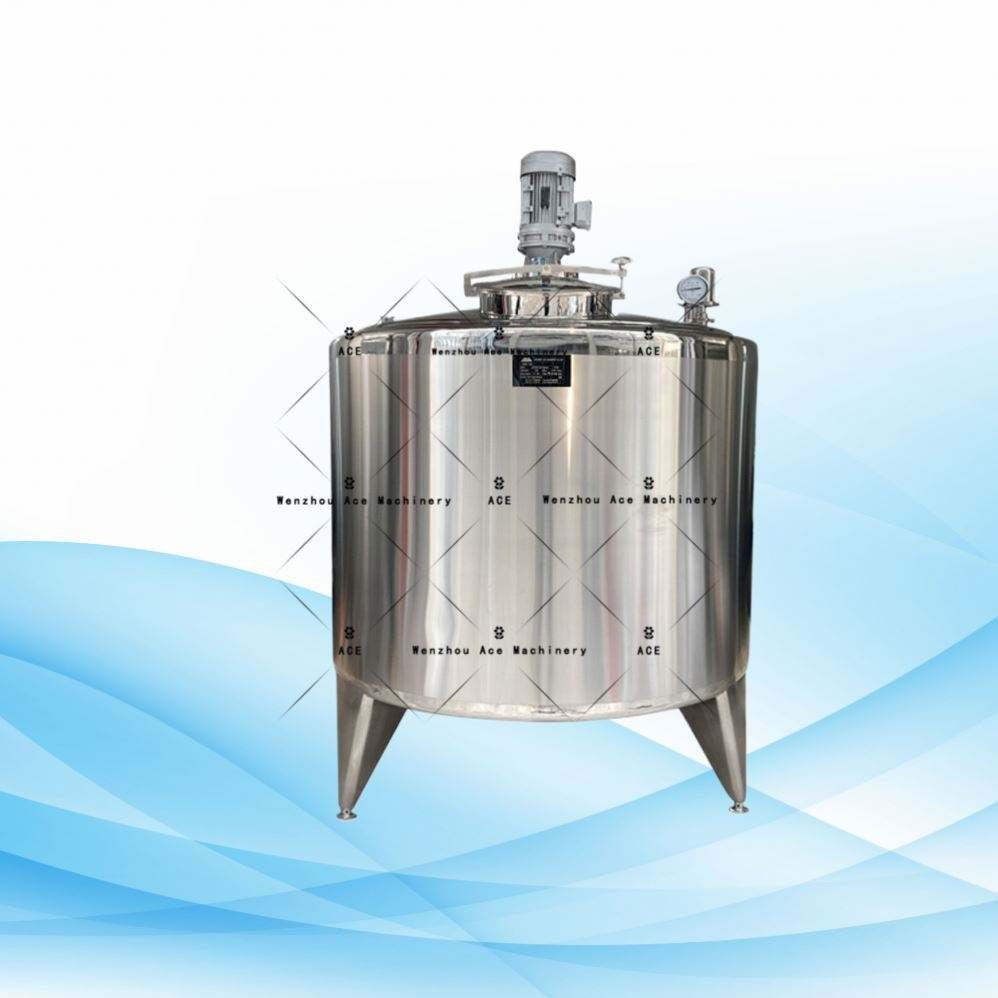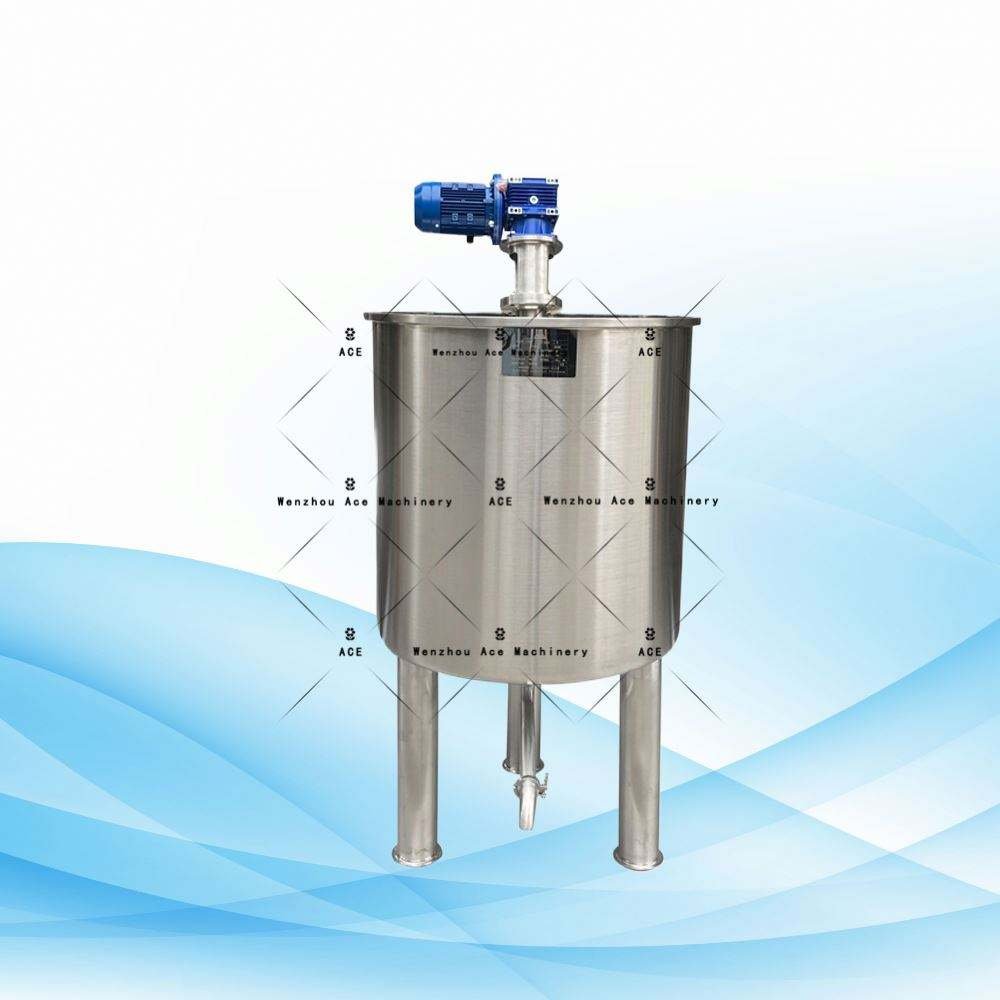Bakeries delight our senses with a variety of treats like breads, rolls, pastries, cakes, cupcakes, and yes, even pizza. Behind the scenes, bakers rely heavily on having a dependable mixer that can churn out top-notch products essential to their trade. So, picking the right mixer isn’t just any decision; it’s as crucial as selecting premium ingredients for the recipes themselves. Yet, many overlook its significance.
An industrial mixer must be a perfect match for the baker’s kitchen needs. With the right choice, businesses may enjoy improved efficiency and productivity, while also cutting down on maintenance costs. If ignored, it might drive customers away and harm the business.
One key consideration before purchasing a mixer is knowing the specific ingredients you’ll work with. The thickness and consistency of what you’re mixing will dictate the right type of mixer you need. Specialty goods like various bread, doughs, and muffins all demand unique approaches to mixing. It may turn out that having two distinct mixers is necessary to produce a variety of goods.
Bakeries primarily utilize two types of mixers: planetary and spiral. Although bakers understand the importance of a trustworthy mixer for producing quality, consistent products, not all truly grasp how critical the choice of the right mixer really is.
The best way to decide between these is by getting to know the features of both planetary and spiral mixers.
Spiral Mixer
In a typical kitchen, spiral mixers are often larger and take up more space compared to their planetary counterparts, so this is something to think about when shopping. These mixers excel with heavier and denser doughs such as those required for gourmet bread, pizza, and bagels. Unique to spiral mixers is their dual spinning mechanism—the arm and bowl spin independently. This allows for perfect dough elasticity and ingredient mixing.
Using a spiral mixer, you’ll prevent overworking the dough while achieving the desired smoothness. By spinning in different directions, they ensure a consistent mix every time. Ideal for baking bread, a spiral mixer effectively mixes and kneads using its spiral hook, providing consistent high-quality goods in bakeries and pizza joints. The continuous movement helps in keeping the dough from fermenting too fast due to overheating.
Planetary Mixer
Planetary mixers, or vertical mixers, operate by revolving the mixing tool around the stationary bowl’s center. These mixers offer bakers substantial versatility. Despite spinning at high speeds, the bowl remains still, typical for non-rotating bowl mixers using a single motor. They come with various interchangeable attachments perfect for chopping, shredding, and grating ingredients like meat, veggies, and cheese.
While they’re primarily used for mixing cake, cookie, and pastry batters, planetary mixers aren’t limited to these. They’re suitable for creating icings, creams, and meringues too. With accessories tailored to different recipes, planetary mixers range from compact tabletop models to massive 60-quart versions, proving invaluable for bakers needing to produce large volumes efficiently and swiftly.
Spiral Mixer VS Planetary Mixer
Considering kneading dough or mixing diverse ingredients? The planetary mixer is your jack-of-all-trades. For a touch of lighter, fluffier dough, a spiral mixer does the trick splendidly. Sometimes labeled as multipurpose, planetary mixers handle a variety of foods and ingredients, everything from mashed potatoes to sauces, frosting, bread, pizza, and cookie dough. While less versatile than planetary mixers, spiral mixers produce consistently higher quality dough, making them the sweet spot for pastries and pizza.
How to Choose the Best One for Mixing?
When faced with the Spiral Mixer vs Planetary Mixer conundrum, a little planning goes a long way. Consider the types of foods you’ll make frequently before investing. Analyze your recipes—what batter or dough do they need? What’s the required consistency? Are you baking a variety of goods or specializing in specific cookies, breads, or muffins?
To choose wisely, know your ingredients’ weight and volume. Ask yourself the odds of using the mixer for non-dough items like spreads or sauces. Think it through before making a purchase.
Both mixers serve well in commercial kitchens, a fact any seasoned baker will affirm. However, the distinctions are vital. Understanding the ins and outs of both planetary and spiral mixers helps bakers select the right equipment to enhance efficiency in their kitchens and businesses. With its robust kneading capabilities and flexibility, the planetary mixer is the all-around choice for most tasks. For those lighter, artisan doughs, though, a spiral mixer is unbeatable.
Which Mixer Should You Choose?
The decision between a planetary or a spiral mixer hinges on how often you’ll prepare different ingredients. While a planetary mixer boasts greater flexibility, a spiral mixer is more focused on specialized needs. Evaluate your specific requirements carefully.
For industrial settings, powerful mixers are crucial. These workhorses excel at handling large quantities in extensive industrial processes, ensuring your bakery can meet high demands efficiently.






